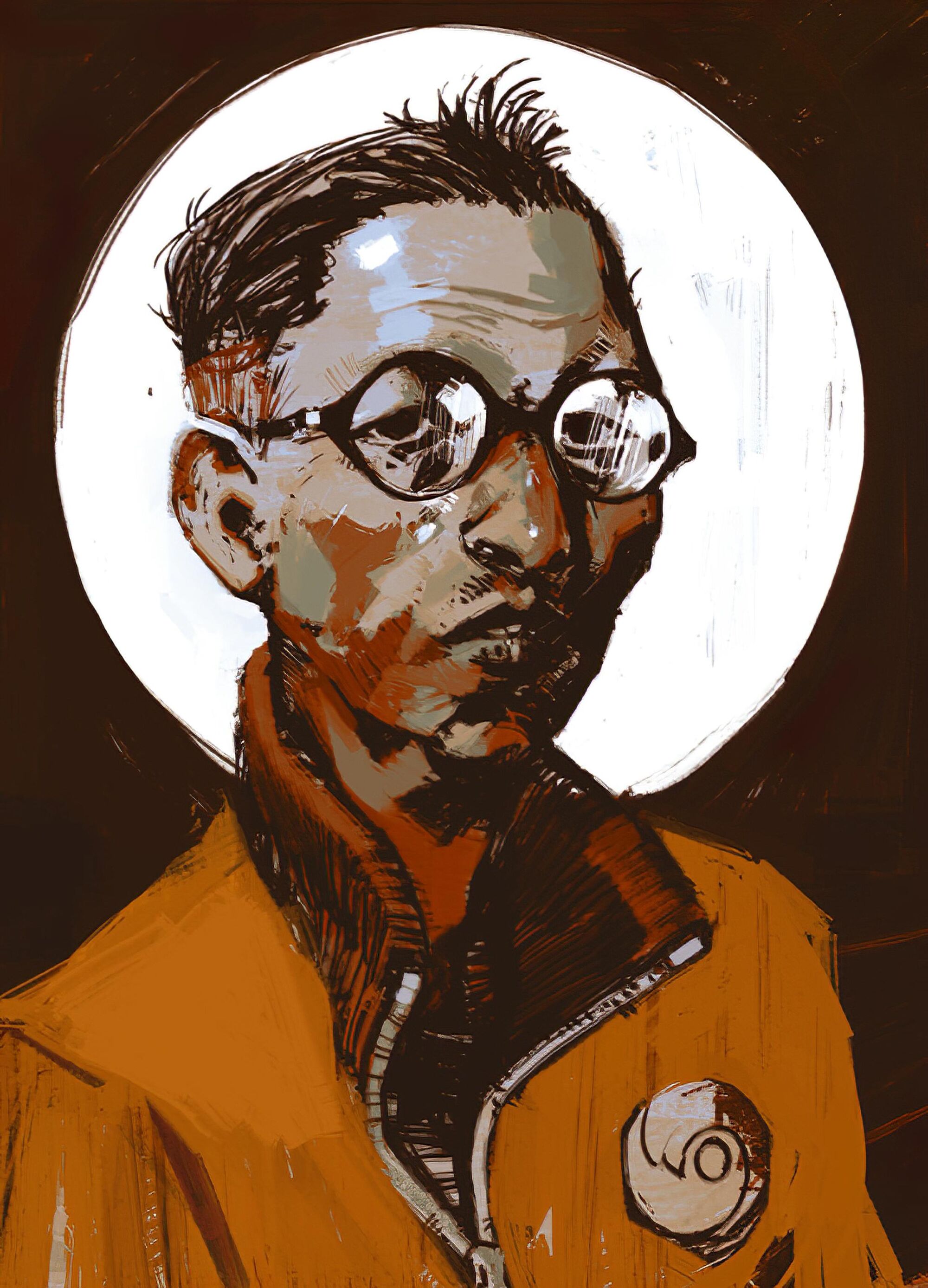- Why does China, a socialist country, have mega corporations like Tencent and Bytedance? Are they collectively owned by syndicates or unions? If this is a transitionary phase to socialism, can we trust China to actually enforce Socialism after this stage ends?
- Child Labor in factories: Myth or Fact? I have a Chinese friend who said he personally never worked as a child in China, but obviously if this was true not every single kid would have worked in a factory.
- Surveillance and Social Credit: are these myths, or are they true? Why would China go so far to implement these systems, surely it’d be far too costly and burdensome for whatever they’d gain from that.
- Uighur Muslim genocide: Is this true?
Thank you to anyone who answers, and if you do please cite sources so I can look further into China. I really appreciate it.
edit: I was going to ask about Tiananmen Square, but as it turns out that literally just didn’t happen. https://www.telegraph.co.uk/news/worldnews/wikileaks/8555142/Wikileaks-no-bloodshed-inside-Tiananmen-Square-cables-claim.html
https://leohezhao.medium.com/notes-for-30th-anniversary-of-tiananmen-incident-f098ef6efbc2
https://www.cbsnews.com/news/there-was-no-tiananmen-square-massacre/


For some more context I’m going to copy from previous posts of mine:
China had greatly economically developed its means of production during the Maoist period, and industrialization had already progressed to a significant degree. See what Amartya Sen, of all people, said about the Maoist period:
Because of its radical commitment to the elimination of poverty and to improving living conditions - a commitment in which Maoist as well as Marxist ideas and ideals played an important part - China did achieve many things… [including] The elimination of widespread hunger, illiteracy, and ill health… [a] remarkable reduction in chronic undernourishment… a dramatic reduction of infant and child mortality and a remarkable expansion of longevity.
The accomplishments relating to education, health care, land reforms, and social change in the pre-reform [i.e. Maoist] period made significantly positive contributions to the achievements of the post-reform period. This is so in terms of their role not only in sustained high life expectancy and related achievements, but also in providing firm support for economic expansion based on market reforms.
According to the Journal of Global Health:
According to Population Studies
Sen also emphasizes gains in education:
Finally, see Maurice Meisner (Mao’s China and After) to summarize:
Yes despite all the failings and setbacks, it is an inescapable historical conclusion that the Maoist era was the time of China’s modern industrial revolution. Starting with an industrial base smaller than that of Belgium’s in the early 1950’s… [China] emerged at the end of the Mao period as one of the six largest industrial producers in the world.
The Maoist economic record… compares favorably with comparable stages in the industrialization of Germany, Japan, and Russia - hitherto the most economically successful cases (among major countries) of late industrialization. In Germany the rate of economic growth for the period 1880-1914 was 33 percent per decade. In Japan from 1874-1929 the rate of increase per decade was 43 percent. The Soviet Union over the period 1928-1958 achieved a decadal increase of 54 percent. In China over the years 1952-1972 the decadal rate was 64 percent. This was hardly economic development at “a snail’s pace,” as foreign journalists persist in misinforming their readers.
If we understand capital in the Marxist sense as a social relation of self-producing value underwritten sociologically by a class relationship, then it can be argued that this was largely eliminated from China between 1956-1978, before being reintroduced under Deng.